I am having clipping problems when I try to combine ggmap with shape files. The example in Kahle and Wickham (2013: 158) works fine because the raster image from ggmap covers the entire shape file. Below is an example of what happens when I try to plot the shape file for U.S. states on a ggmap plot that covers a smaller area. The ggmap shows New York City and I want to overlay it with the borders for U.S. states (just as an example). The resulting map doesn't make any sense. The problem is that the shape file gets clipped and ggplot connects the unclipped points. Below is the code. The shape file is from here. I am just showing the last plot here.
How can I solve this problem?
path <- "PATH TO SHAPEFILE"
library("ggmap")
library("rgdal")
# shapefile
states <- readOGR(dsn = path, layer = "states")
states_df <- fortify(states)
# plot shapefile
plot(states, lwd = 0.1)
ggplot(states_df, aes(long, lat, group = group)) +
geom_polygon(colour = "black", fill = NA, size = 0.1)
# combine ggmap with shapefile
map <- get_map("new york city", zoom = 10, source = "stamen")
ggmap(map, extent = "device")
ggmap(map, extent = "device") +
geom_polygon(aes(long, lat, group=group), data = states_df, colour = "red", fill = NA, size = 1)
Kahle, David and Hadley Wickham. 2013. “Ggmap: Spatial Visualization with ggplot2.” The R Journal 5(1):144–61.



